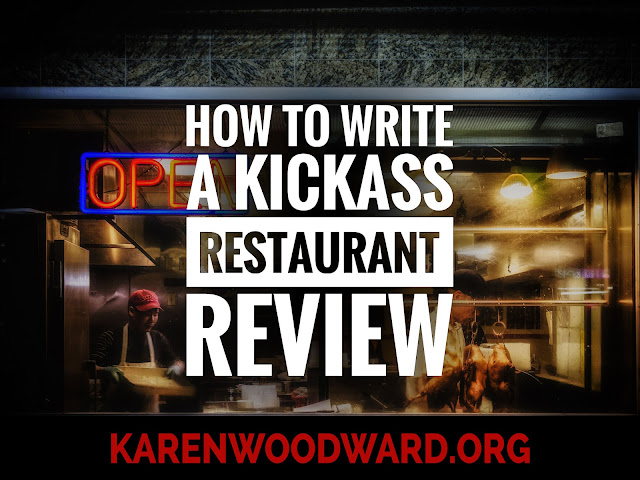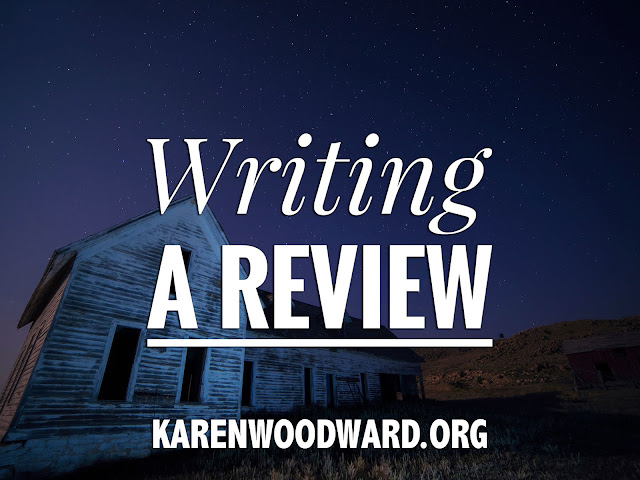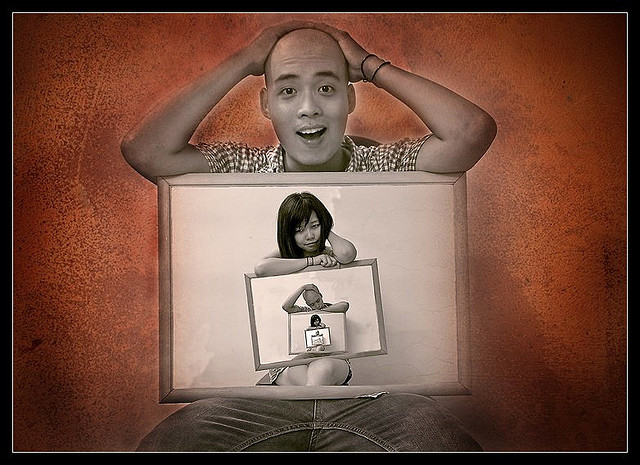The Mummy is cinematic cotton candy, sweetness and fluff that tastes good in the moment but doesn’t satisfy. That said, it’s only in comparison with the 1999 version that the movie falls flat. It's not a GREAT action movie—for that I'd recommend Edge of Tomorrow—but it was entertaining. Overall, I give The Mummy thumbs up.
Overview
It’s going to date me, but I saw the 1999 version of The Mummy in the theater and, ever since, it has been my high water mark for all monster movies.
The way I think of it, the 1999 version is primarily a love story and, only secondly, a horror story. That's my opinion! The writers (Stephen Sommers, Lloyd Fonvielle, Kevin Jarre) created two great stories—the main arc and the relationship arc—and seamlessly wove them together. In 2017 we have two stories but the relationship arc isn’t as robust. It’s more a story about power and what some will do to keep it than it is about love and the cost of forbidden love.
In a way, the 2017 version was about love twisted into lust for power. But that’s a very different thing.
** Spoiler Alert: If you haven’t seen the movie yet and you want to, don’t read any further! **
One of the ultimate expressions of one person’s love for another is to sacrifice their life. Lust for power leads to the opposite behavior and we consume even those we care most about. And, yes, there was some of that in the new movie. At the end Nick Morton kills himself and in so doing partially transforms into the god Set, becoming a monster. He does this because it’s the only way to bring the woman he loves back to life. He would rather transform into a monster than live in a world in which his love does not exist.
Personally, I found this act unmotivated. To turn yourself into a monster—a fate worse than death—so that you can bring someone back to life, you REALLY have to care about that other person! I didn’t feel the groundwork had been laid for this.
I thought Nick’s sacrifice was implausible
It is unclear why Nick has this kind of epic love for Jenny Halsey. Sure, he likes her. We’re told they had a great night together, but at the end of this epic night Nick steals a treasure map from Jenny thereby endangering her career. But that’s okay. That’s just the beginning of the story.
Later on Nick saves Jenny’s life at the cost of his own BUT Nick tells us, later, that he didn’t think he would die. But whatever. Let’s ignore that. Let’s accept that Nick loves Jenny. Still. I may be jaded, but just because one person loves another doesn’t mean they would condemn themselves to a fate worse than death to save the other’s life.
Show don’t tell
In the 1999 version of The Mummy there’s a scene which shows the viewer how much these two love each other. Rick and Evelyn have just survived a skirmish with Ardeth Bay and his minions. Rick takes Evelyn in his arms, concerned, looking at her wounds. Later on, as Rick teaches Evelyn to fight, they finish off a bottle of liquor. Evelyn is drunk and very charming.
Rick: Unlike your brother, I just don’t get you.
Evelyn: I know, you’re wondering, ‘What is a place like me doing in a girl like this?’
Rick (grinning): Yeah, something like that.
They chat some more then Evelyn says, “I may not be an adventurer, but I am proud of what I am.” Rick asks, “And what is that?” Eveln replies, “I am a LIBRARIAN,” and then (she really is very drunk) kneels in front of Rick and says, “I am going to kiss you Mr. O'Connell.”
Rick: Call me Rick.
Evelyn (smiling drunkenly): Rick.
Evelyn passes out, Rick catches her, and then kisses the air where he lips had been.
I’m not doing justice to the scene. It’s very sweet. The emotion comes across in the acting.
In any case, after that scene you know Evelyn and Rick are in love, you know they would do anything for each other. There was no scene (or series of scenes) in the 2017 version that convinced me that Nick and Jenny were in love. They liked each other, sure. Maybe they even loved each other. And, yes, they would save the other’s life if they could, but accept a fate worse than death? I’m not convinced!
The Curse of the Unexceptional
Arguably, the number one rule of storytelling is that for your audience to care what happens in your tale you need to create characters that are EXCEPTIONAL, exaggerated, memorable. Even Murdoch (Murdoch Mysteries) whose primary characteristic is that he’s exceedingly ordinary is SO ordinary that he becomes extraordinary.
Although as a supernatural creature Ahmanet had many exceptional qualities, her backstory was surprisingly ordinary. Yes she was evil, but it was the kind of evil we’re all too familiar with. She was ambitious. Very ambitious. When it became clear that the only way for her to become Pharaoh was to turn darkside and make a pact with Set, a pact that involved killing her father and infant half-brother, she didn’t bat an eye. So, yes, she’s evil but a lot of people are evil. I don’t say that lightly. It’s hideous. But, tragically, people kill their family and for much less than to become ruler of a kingdom.
In the 1999 version of The Mummy the High Priest Imhotep (the Mummy) didn’t choose a fate worse than death. He chose to RISK a fate worse than death in order to bring his beloved back from the dead. Which is believable given that her death was partly his fault!
And, yes, I do see the parallelism: At the beginning of the story Ahmanet chooses to become a monster because of avarice while Nick chooses to become a monster at the end of the story because of love. That's a nice touch, but, still, my feeling is that love wasn't a big theme of the movie and it suffered because of that.
What went wrong?
If I could sum it up I would say that the 2017 version of the movie lacked key moments, memorable scenes. Yes it had a few (I’ll talk about one, below) but not enough.
My guess is that a few great, key, moments were left on the cutting room floor, but it takes more than that to account for the difference between the two versions.
As I've been saying, I believe one of the fundamental differences between the two movies, the two stories, is one of focus. In 2017 the theme was life versus death/evil where in 1999 it was love versus death/evil. That’s a significant difference.
To illustrate my point let’s take a look at the very beginning of the movie, at the trailer. Granted, this is just one moment but it is a series of these moments strung together that make a movie memorable.
The beginning of the 1999 version of The Mummy
The 1999 version was a hopeful, thrilling, terrifying, story about naivety, love and adventure. It was about how love—even the High Priest’s forbidden love for the Pharaoh’s mistress—triumphed over death. It wasn’t that Imhotep was intrinsically evil, he just loved the wrong person.
In 2017 people are evil if they ... well, it’s not clear. And, really, that’s the fundamental problem with the movie. There’s a fuzziness about it that saps it of strength, of interest.
First, we don’t have the terrific scene that details some of the more gruesome aspects of the curse (the Hom Dai).
Recall that in the 1999 version we see the knives used to perform the rite laid out on the stone, we see Imhotep struggling, held by his captors. We see Imhotep's tongue pulled out of his mouth, we see the knife coming closer and closer. Imhotep’s eyes are wide and fixed on the blade as it descends.
JUST before the gruesome deed is done one of his captors steps in front of the camera but we hear Imhotep’s scream.
The next scene shows Imhotep being wrapped in strips of linen, his mouth sealed and his eyes closed. Then his struggling form is forced inside a sarcophagus.
But his tormentors are only getting started. They then pour insects—beetles—over him. We hear his muffled screams as the beetles race over his form, eating him alive.
Then the lid fastened and the sarcophagus is sealed with a special lock.
In a voice-over we’re told that the Mummy must remain sealed inside the sarcophagus, undead, and that if he ever gets out he will “arise a walking disease, a plague upon mankind, an unholy flesh eater with the strength of ages, power over the sand and the glory of invincibility!”
What can I say? It’s awesome!!
As we’re told this we watch the Mummy’s sarcophagus being buried beneath the sad. Then the camera pans up and we see the enormous statue of Set that is his tomb marker.
It was VERY dramatic! At that point I KNEW I would love the movie.
The beginning of the 2017 version of The Mummy
In the beginning of the 2017 version of The Mummy there’s no story of forbidden love, instead we get elderly knights chanting. Granted, their clothing suggests something Arthurian (at least, it did to me), which was interesting. We see a knight’s body being interred. His lifeless hands cradle a beautiful ruby that seems to burst into fire when the light catches it, almost as if it is alive.
The next scene shows the burial chamber being broken open by an enormous drilling machine.
Soon folks in hardhats and aggressively orange vests swarm over the site. These folks are then politely shooed away by Dr. Jeckell and his minions. Here’s the voice-over; it’s told from Dr. Jeckel’s perspective:
“The past cannot remain buried forever. In my lifetime I have unearthed many ancient mysteries. At last, this too reveals antiquities’ darkest secret. A secret erased from history and forgotten to time: Princess Ahmanet—beautiful, cunning, and ruthless.”
As Dr. Jeckell speaks we see the princess spar with a man as her father, the Pharaoh, looks on approvingly.
“Sole heir to the throne of Egypt, the pharaoh’s kingdom would one day be hers to rule without mercy or fear and she would be worshiped as a living god.”
My opinion: They missed an opportunity. They’re TELLING us the princess is cunning and ruthless, but all they’ve SHOWN us is her sparring with someone. Perhaps if she’d killed her sparring partner, or perhaps if instead of sparring with someone if she’d tortured them for information and then broken her word to the unfortunate sap and killed him anyway ... well, that would have been pretty ruthless! As it is, we’ll have to take Dr. Jeckell’s word for it.
Back to the voice-over:
“The pharaoh had a son, the boy, now, would inherit her destiny and Ahmanet understood that power was not given, it had to be taken. Now in revenge, she made a choice to embrace evil. Set, the god of death, they made a pact. A pact that would unleash darkness itself.”
As we hear this, something suggestive of a mummy (we only see its silhouette) limps up to the princess and presents her with a dagger sporting a brilliant red ruby in the hilt. As Princess Ahmanet grasps the hilt of the dagger she begins to transform. Tattoos radiate out from the dagger, covering her naked, shapely, form.
Dr. Jekyll tells us: “Ahmanet was reborn a monster.”
We see Ahmanet kill her father and his newborn son.
Voice-over: “Yet the pact was not complete. She vowed to bring the demon into our world, in the body of a mortal man. Together, they would take their vengeance on humanity.”
Here’s part of what I don’t understand: What vengeance? I looked up the word just to be sure and here’s the definition, “punishment inflicted or retribution exacted for an injury or wrong.” What injury? What wrong? That her father had a child?!! Anyway, moving on ...
Before the princess is able to complete the ritual she is shot with darts and pinned to the ground. In the next scene we see her form swaddled in linen bandages.
Voice-over: “For her sins Ahmanet was mummified alive.”
We have a close up on the princesses’ linen-wrapped face as she is placed in the sarcophagus. Then—and I thought this was brilliant—we see the lid of the sarcophagus from the point of view of Ahmanet. We see it descend toward us. Just before the lid slides into place we have an extreme closeup of her wide, terrified, eyes and, as the lid is fastened and she is condemned to eternal darkness, we hear her haunting scream: Nooooo!!!!
I thought that was very effective. That was a memorable moment.
Voice over: The body, carried far from Egypt. There she would remain, condemned to eternal darkness. But death is a doorway and the past cannot remain buried forever.
Comparison and Summary
As you can see, the openings of the two versions of the movie say it all. The opening of the 1999 version set up all the dominos in the trailer. We met the High Priest before he was cursed. We saw his passion, his love for Anck Su Namun, someone who was forbidden to him. We saw the lengths to which he’d go to be with her, to keep her in his life. We were told WHY the Mummy must be kept in his grave and we were told what would happen if he got out, what his powers would be.
The 1999 version was hideous and horrifying. It was about love and death and the possibility of love being so strong it could survive death.
In this article I’ve argued that the 2017 version doesn’t have the same horrific moments and that it’s not as sharply focused. Granted, I’ve only watched the 2017 version once (when it comes out on DVD I’ll watch it a few more times!), but what I got from it was that, “Evil is real and it’s coming for you.” Which is a perfectly good theme for a horror movie (and a reason why I’m giving the movie a thumbs up), BUT it’s not a great theme for The Mummy.
The 1999 Mummy had a LOT of great moments, the 2017 Mummy had a few—thus my positive rating—but not enough.
To sum up:
The first movie (1999) is a love story, the other (2017) is more an invocation of evil. Which isn’t to say it’s a bad movie! It’s a DIFFERENT movie. As I said at the beginning of this article, I found it entertaining.
Every post I pick something I believe in and recommend it. This serves two purposes. I want to share what I like with you, and, if you click the link and buy anything over at Amazon within the next 24 hours, they put a few cents in my tip jar at no cost to you. So, if you click the link, thank you! If not, that’s okay too. I’m thrilled and honored you’ve visited my blog and read my post.
Today I’m recommending the classic On Writing Well by William Zinsser. I’ve read On Writing a few times and each time I learn something new. I guess that’s what makes it a classic!
From the blurb:
On Writing Well has been praised for its sound advice, its clarity and the warmth of its style. It is a book for everybody who wants to learn how to write or who needs to do some writing to get through the day, as almost everybody does in the age of e-mail and the Internet. Whether you want to write about people or places, science and technology, business, sports, the arts or about yourself in the increasingly popular memoir genre, On Writing Well offers you fundamental principles as well as the insights of a distinguished writer and teacher. With more than a million copies sole, this volume has stood the test of time and remains a valuable resource for writers and would-be writers.















